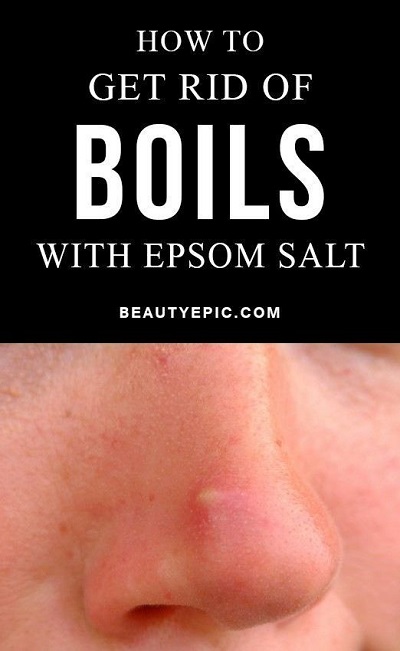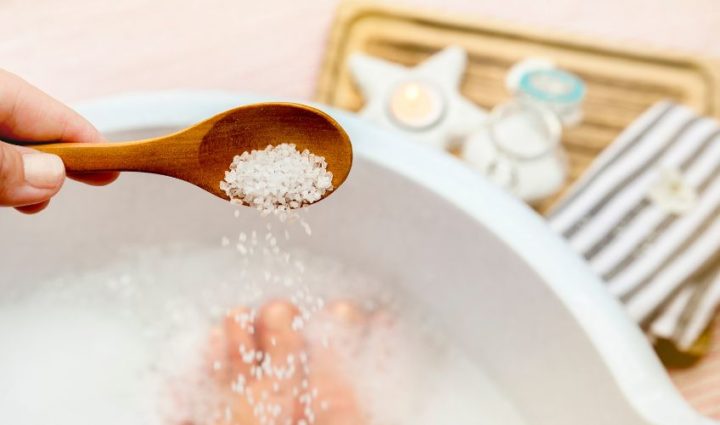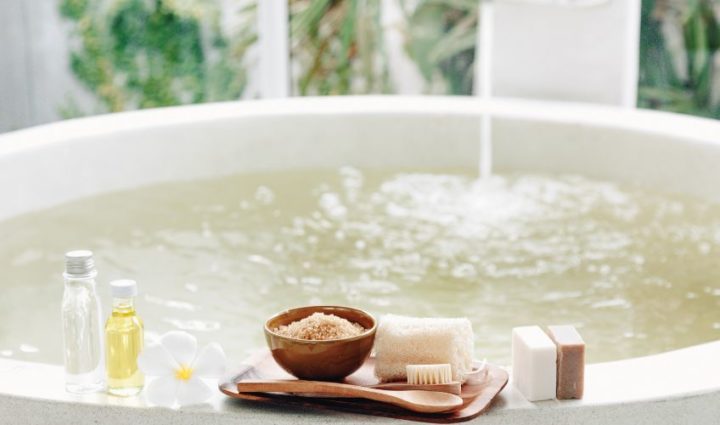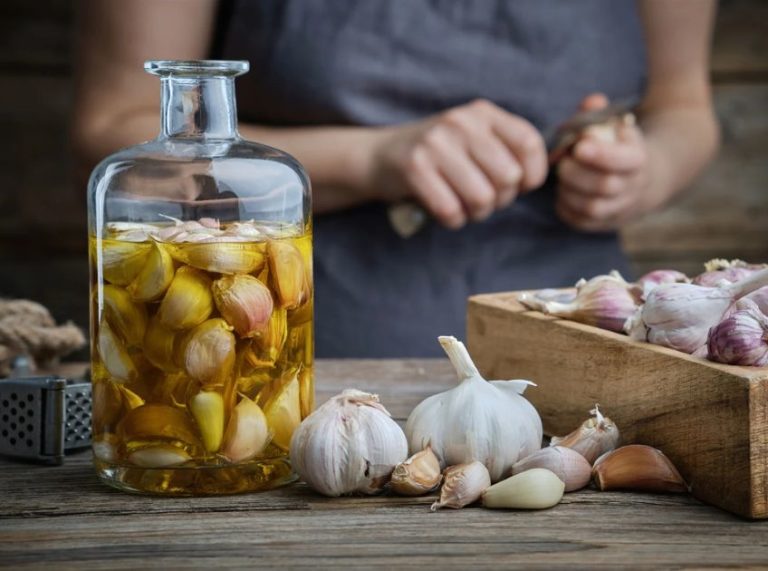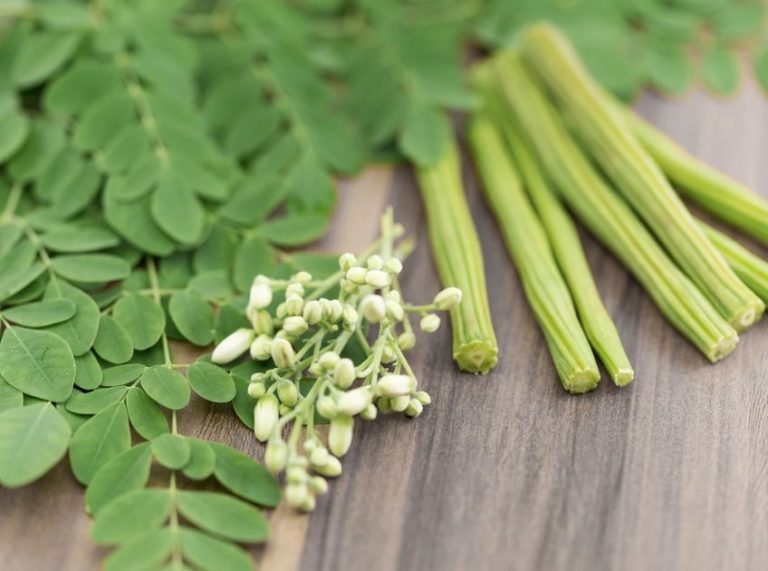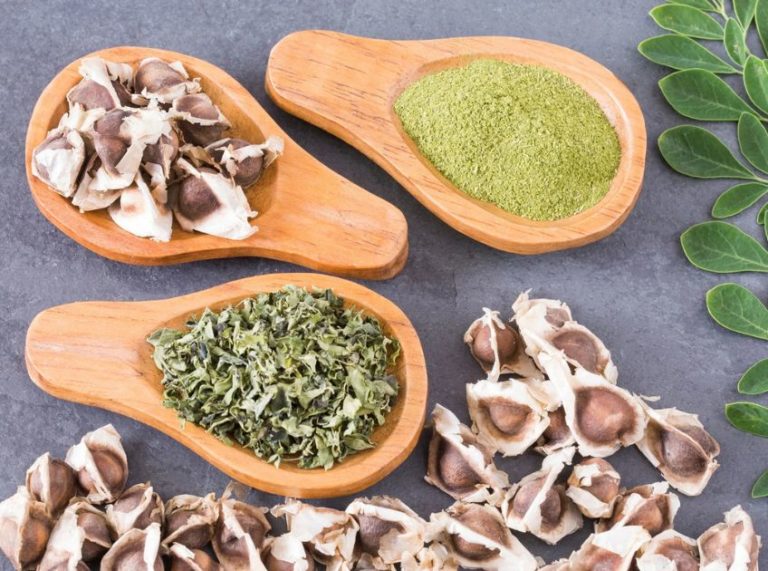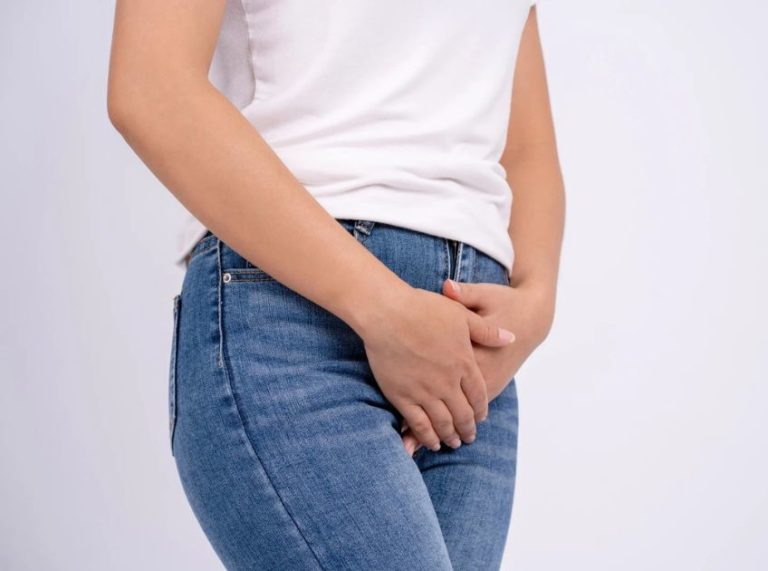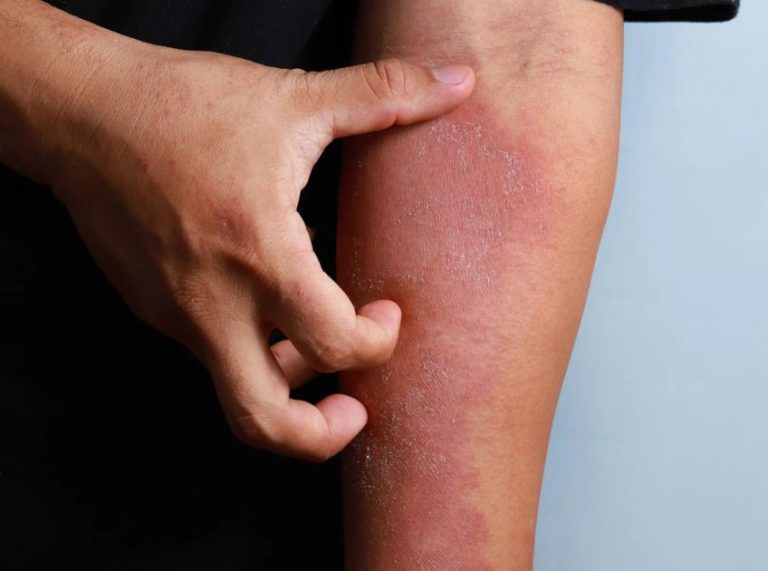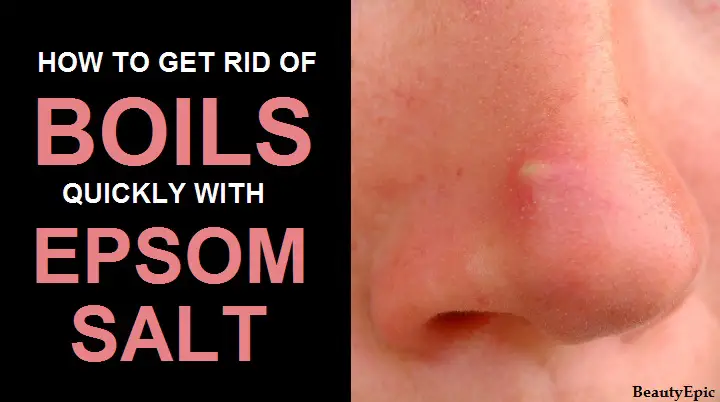
Important: This article is for informational purposes only. Please read our full disclaimer for more details.
Boils are bacterial infection caused in hair follicles due to bacterial deposits. It can appear anywhere on the body and can be really painful. Epsom salt works in at-home recipes to cure boils. It is a natural alternative that has been used therapeutically for hundreds of years. It is a safe and inexpensive alternative for pricier, over-the-counter remedies. Let us read to know how to use epsom salt for boils.
Does Epsom Salt Help Boils?
The use of Epsom salt as a natural cure for boils is one of the best remedies without any side effects.
- The Epsom salt aids in bringing out the toxins, dries up the boil with minimal pain.
- It can successfully fight against the becateira since it conains antimicrobial and antiseptic properties.
- The Epsom salt quickly dries the boils by absorbing the moisture from wherever the boils are present.
- It can prevent the skin abscess by enhancing the immune system and also stops it from reoccurring.
- All the secondary infections are kept at bay due to the presence of antibacterial properties in it.
- The astringent present in Epsom salt helps in drawing out the pus and impurities.
- Another way the pus is brought out is due to the heat generated by Epsom salt which in turn increases blood circulation.
- Toxins and other metabolic wastes are released when you take an Epsom salt bath as it increases your perspiration.(1)
How To Use Epsom Salt for Boils
1. Epsom Salt Soak
You’ll need:
- 2 cups of Epsom salt
- tub of warm water
Preparation time: 5 minutes.
How to do:
- Take 2 cups of Epsom salt and add it in a tub of warm water.
- After giving it a thorough stir, let the areas wherever the boils are present soak in the water for 10–15 minutes.
- Let the water dry off naturally. You would have to do this everyday at least 2-3 times.
- If you are running short on time, you could also directly apply the Epsom salt on the boils.
Repetitions: Daily.
2. Epsom Salt Paste
The below method can be used if you want to treat open boils.
You’ll need:
- 8 cups of hot water
- 1 cup of Epsom salt
- cloth
Preparation time: 3 minutes.
How to do:
- Take hot water and add Epsom salt mix thoroughly to make a paste.
- You could either directly place the boil in the mixture or soak a cloth in it and place it on the boil.
- Take off the cloth after 10 minutes
Repetitions: Follow this process on a daily basis.
[ Read: How to Use Castor oil for Boils ]
3. Epsom Salt Compress
You’ll need:
- 2 teaspoons of Epsom salt
- 2 cups of warm water
Preparation time: 3 minutes.
How to do:
- Make a solution by adding 2 teaspoons of Epsom salt in 2 cups of warm water.
- Dip a washcloth in it, squeeze out the excess water and place it on the boils.
- Remove the cloth after 10–15 minutes.
Repetitions: Repeat this procedure 3-4 times daily.
4. Epsom Salt Bath
The below method can be used of you need to treat boils present on areas like thighs, buttocks, and neck.
You’ll need:
- hot water
- 2 cups of Epsom salt
Preparation time: 4 minutes.
How to do:
- Fill your bathtub with hot water and add 2 cups of Epsom salt.
- Lie down gently in the bathtub for 15–20 minutes.
- While taking the bath, ensure to put a wet towel around your neck.
- After the soak-in, take a cold shower but do not use any soap.
Repetitions: Follow this method at least 2–3 times a week.
[ Read: How to Use Tea Tree oil for Boils ]
5. Epsom Salt Poultice
You’ll need:
- 2 tablespoons of epsom salt
- warm water
Preparation time: 3 minutes.
How to do:
- Prepare a thick paste by mixing 2 tablespoons of Epsom salt in warm water.
- Gently take the paste and apply it wherever required.
- Wash it off after 10–15 minutes with cool water.
- Pat dry your skin. For positive and effective results, ensure that you apply the paste twice in a day.
Repetitions: Follow this process twice in a day.
6. Epsom Salt Scrub
You’ll need:
- epsom salt
- water
Preparation time: 2 minutes.
How to do:
- Take a little bit of Epsom salt and add it in a little bit of water.
- Keep in mind that it shouldn’t dissolve in it.
- Use this salt scrub on the boil
- After 5-8 minutes, use water to wash it off.
Repetitions: Doing this once or twice in a day should be sufficient.
[ Read: How to Get Rid of Boils with Turmeric ]
7. Epsom Salt and Vaseline
You’ll need:
- epsom salt
- 1 tablespoon of Vaseline
- medical tape
Preparation time: 3 minutes.
How to do:
- To prepare this smooth ointment, you need to mix Epsom salt and 1 tablespoon of Vaseline.
- Apply the ointment all over the boils and cover it with a medical tape.
- Leave it overnight and in the morning wash it off with lukewarm water.
Repetitions: You need to do this on a regular basis.
8. Apple Cider Vinegar and Epsom Salt
This is perfect for treating folliculitis/scalp furncles.
You’ll need:
- apple cider vinegar
- epsom salt
- cotton ball
Preparation time: 5 minutes.
How to do:
- Take a cotton ball and dip it complete in Apple cider vinegar.
- Add some epsom salt on it. Now place the cotton ball on the boils and use a medical tape to keep it in place.
- Let the cotton ball remain on the boils overnight.
Repetitions: Do this for couple of nights.
9. Epsom Salt and Baking Soda
You’ll need:
- baking soda
- epsom salt
- small bowl
- bandage
Preparation time: 2 minutes.
How to do:
- In a bowl, add baking soda and Epsom salt and mix them thoroughly.
- Apply it on the boils and use a bandage to cover it and leave it overnight.
- Throw away the bandage so that the infection doesn’t spread unnecessarily.
Repetitions: Do this process once in a day.
Tips and Precautions:
- If you are suffering from high blood pressure or have severe varicose veins, please do not use Epsom salt.
- When the boil bursts, apply a flannel soaked in warm Epsom salt water for a couple of days.
- The bacteria can enter the skin through cuts hence covering them quickly to prevent the infection in future as well.
- Proper hydration, nutritious diet, regular exercises and avoidance of stress will ensure that skin abscess is prevented.
- This bacterial infection can be deadly so make cure to consult your doctor, if you have significant swelling, redness or drainage from infection.
You Might Also Like:
- Apple Cider Vinegar For Boils
- Epsom Salt And Vinegar Foot Soak
- Is Epsom Salt Safe for Babies
- Epsom Salt Foot Soak – Benefits & How To Do It?
- How to Get Rid of Boils Naturally
Image:- 1
